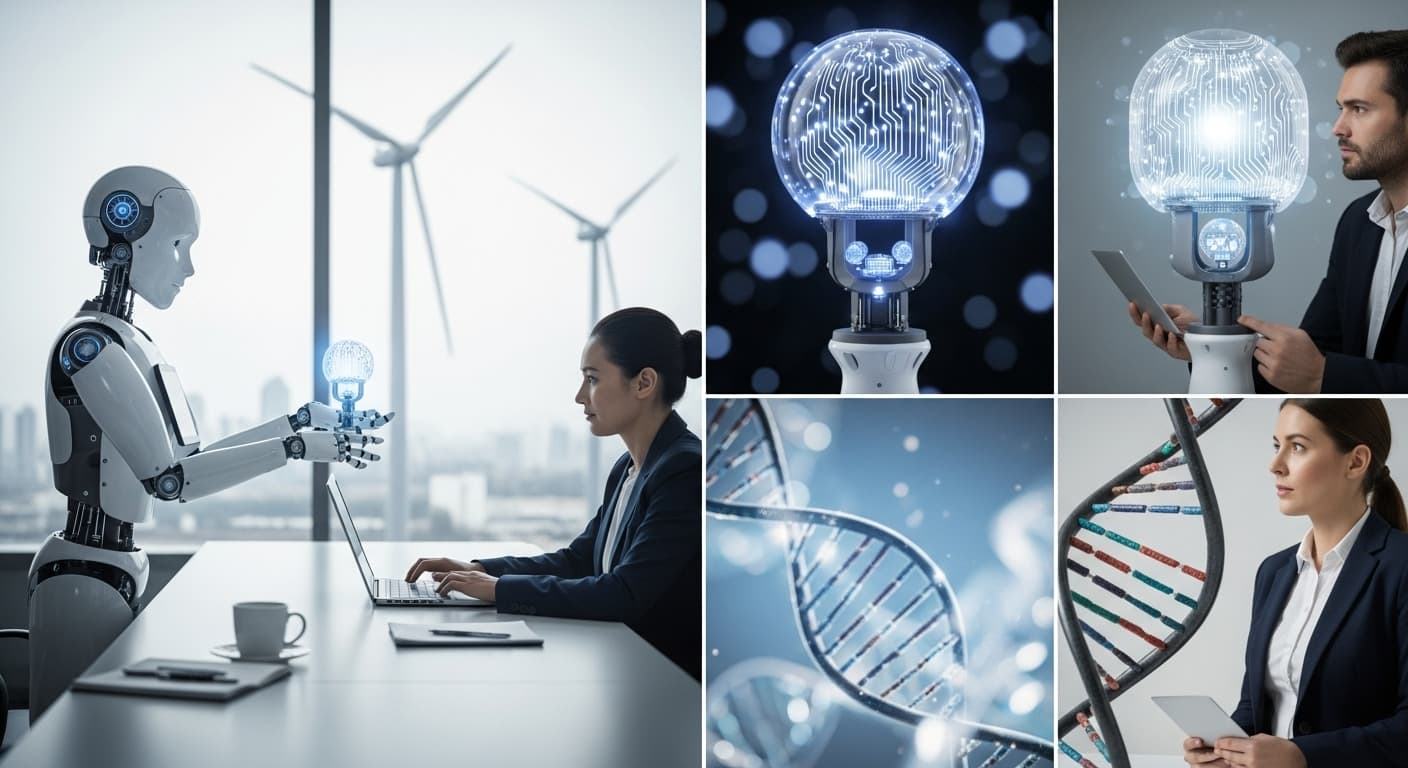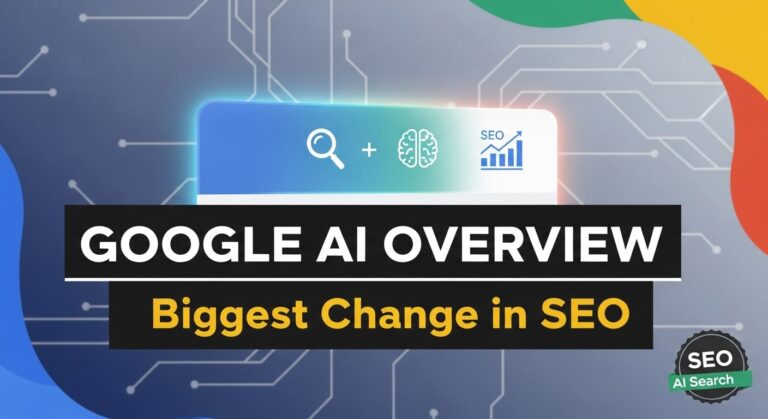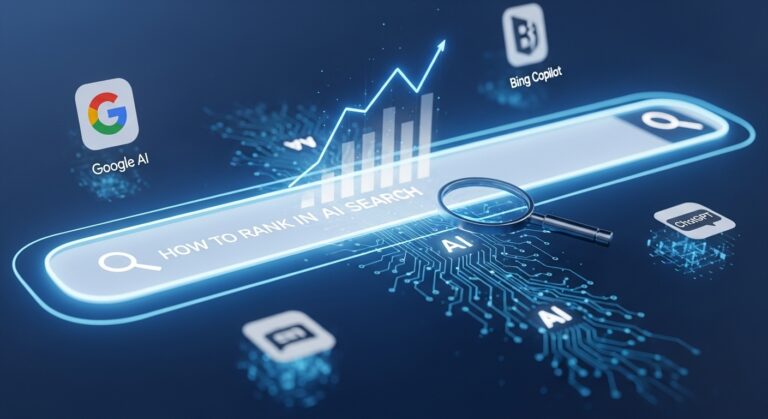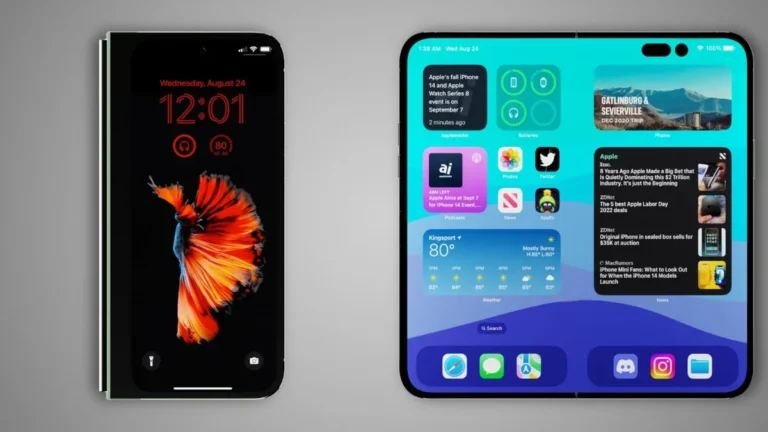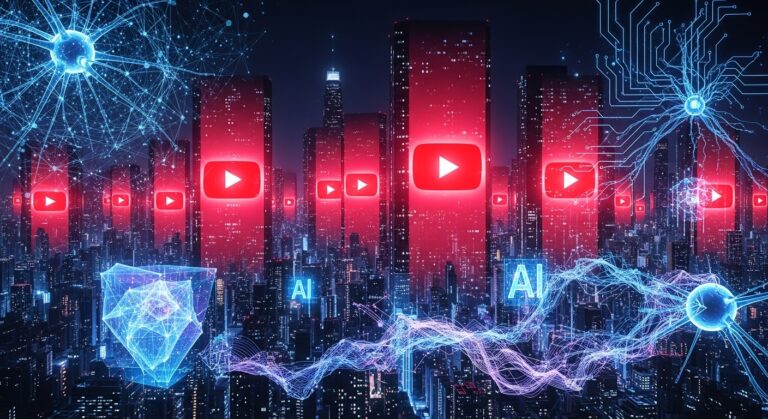Every decade brings discoveries that reshape the world, but the pace of change in 2025 feels unlike anything before. Innovation no longer moves gradually; it accelerates at full speed. Artificial intelligence is creating art, drones are flying in coordinated swarms, and computers are learning faster than people can teach them.
These are not isolated experiments. They are part of a wider movement driven by new emerging technologies that are transforming how we live, work, and think. From artificial intelligence and quantum computing to synthetic biology and bioprinting, science and engineering are merging in ways that were once impossible. These new innovations are not only changing industries; they are expanding the limits of human creativity and capability.
But what exactly are new emerging technologies? Why are they so important, and how are they already shaping the next decade? Let’s explore what they are, how they work, and why they are set to transform everyday life across the globe.
What Are New Emerging Technologies?
The term emerging technologies refers to innovations that are still developing but have the potential to significantly impact society, the economy, and the environment. These are technologies that challenge old systems, introduce new industries, and alter how we solve global problems.
Unlike mature technologies such as smartphones or the internet, new emerging technologies exist at the cutting edge of research and application. They are often experimental, evolving rapidly, and capable of driving both opportunity and disruption.
Why New Emerging Technologies Matter?
Emerging technologies are more than futuristic ideas, they are the foundation of economic growth, national security, and sustainable development. They matter because they change what is possible.
- Driving Economic Innovation: Nations that invest early in technologies like AI, robotics, and quantum computing gain competitive advantages in productivity and trade.
- Solving Global Challenges: From clean energy solutions to precision agriculture and climate engineering, these innovations provide tools for addressing the world’s most urgent problems.
- Improving Quality of Life: Technologies such as bioprinting, neuromorphic chips, and wearable health devices promise better healthcare, personalized medicine, and longer life spans.
- Redefining Work and Education: Automation and AI are not just replacing jobs, they are creating new ones that require creativity, adaptability, and digital fluency.
How New Emerging Technologies Are Changing Our Future?
The world of 2030 will look dramatically different from today, largely because of the technologies being tested and scaled right now. Below are some of the most influential new emerging technologies reshaping our global landscape.

Artificial Intelligence and Autonomous AI Agents
Artificial intelligence has evolved far beyond simple automation. In 2025, autonomous AI agents developed by companies such as OpenAI, Anthropic, and Google DeepMind are capable of reasoning, decision making, and handling tasks on their own.
These advanced systems can write software, conduct research, and even trade financial assets without human oversight. What makes them truly revolutionary is not only their intelligence but also their independence. Artificial intelligence is shifting from a supportive role to an active partner in business, healthcare, and education.
Example:
Tesla’s self-driving technology shows how AI learns from millions of real-world miles, improving its judgment through continuous experience. DeepMind’s AlphaFold has changed the world of biology by predicting protein structures that once took years for scientists to decode.
Impact:
AI-driven systems are expected to increase global productivity and could boost worldwide GDP by as much as 14 percent by 2030. This makes artificial intelligence one of the most powerful economic drivers of the modern era.
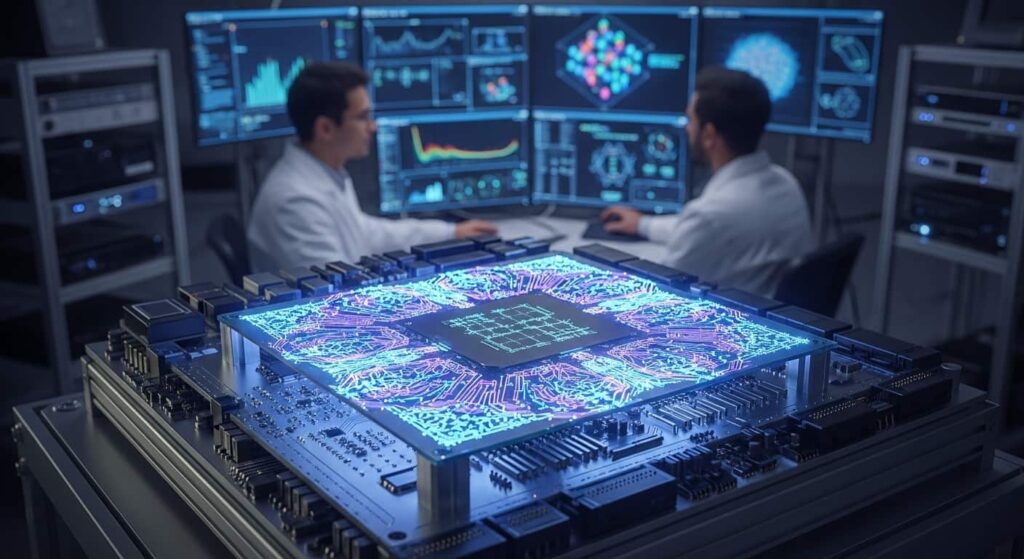
Quantum Computing
Quantum computing represents a leap beyond classical computing. Instead of processing data in binary form (0 or 1), quantum computers use qubits, which can exist in multiple states at once. This allows them to perform calculations that would take traditional computers thousands of years.
In 2025, IBM unveiled its “Condor” processor with 1,121 qubits, marking a significant milestone. Startups like IonQ and Quantinuum are also making breakthroughs in error correction, one of the biggest barriers to practical quantum systems.
Applications:
- Drug discovery and molecular simulation
- Financial modeling and risk prediction
- Cryptography and cybersecurity
- Logistics and supply chain optimization
Example:
Pharmaceutical companies use quantum simulations to design drugs faster and with fewer clinical trials, cutting years off the research timeline.
Synthetic Biology and Programmable Life
Synthetic biology combines biology and programming. Scientists are now designing organisms that produce materials, fuel, and medicine on demand. Instead of simply editing genes, researchers are programming life itself.
Startups like Ginkgo Bioworks and Syntho are creating microbes that generate biofuels, biodegradable plastics, and even insulin. Another firm, Breaking Bio, is developing engineered enzymes to degrade plastic waste rapidly without harmful byproducts.
Real-world application:
Synthetic biology is already being used to clean up industrial waste, purify water, and create sustainable food sources.
This technology could revolutionize manufacturing by replacing chemical production with biological processes: cleaner, cheaper, and infinitely renewable.

Nanotechnology and Nanozymes
Nanotechnology operates at the scale of atoms and molecules, enabling materials and devices with extraordinary properties. A key breakthrough in this field is nanozymes, artificial enzymes designed to mimic biological catalysts.
These tiny structures are being tested for early cancer detection, oil spill cleanup, and toxic metal removal from the environment. AI-driven design methods are accelerating discoveries, leading to faster commercialization.
Example:
In healthcare, nanorobots are being developed to deliver drugs directly to cancer cells, minimizing side effects and increasing effectiveness.

Structural Batteries and Advanced Materials
Structural batteries merge the physical body of a machine with its power source. Imagine a car or airplane where the frame itself stores energy. Researchers at Chalmers University and companies like Tesla are already experimenting with this concept.
Volvo and Airbus have launched pilot projects to integrate structural composites in vehicles, aiming to reduce weight and extend energy efficiency.
If successful, this innovation could redefine the design of electric vehicles, drones, and aircraft.
Wearable Health and Longevity Technologies
Wearable technology has evolved from simple fitness trackers to full-fledged health monitoring systems. The Oura Ring and Apple Watch Ultra now measure sleep quality, hormonal changes, and even mental stress.
Experimental devices using ultra-thin sensors can detect fatigue or cognitive overload, providing early warnings before burnout or errors occur. The goal is not just tracking health—but predicting illness before it happens.
Impact:
Wearable technologies are pushing healthcare from reactive treatment to proactive prevention, helping people live longer and healthier lives.
Next-Generation Nuclear and Fusion Energy
Energy remains the backbone of civilization, and fusion, the process that powers the sun—may soon power our cities. Private companies such as Helion Energy and Commonwealth Fusion Systems have raised billions to build the first commercial fusion plants.
Meanwhile, small modular reactors (SMRs) offer cleaner and safer fission alternatives. Governments in the US, Canada, and the UK are backing these projects, hoping to launch early models by the 2030s.
Why it matters:
Fusion energy could produce nearly unlimited clean power with minimal waste, ending dependence on fossil fuels.
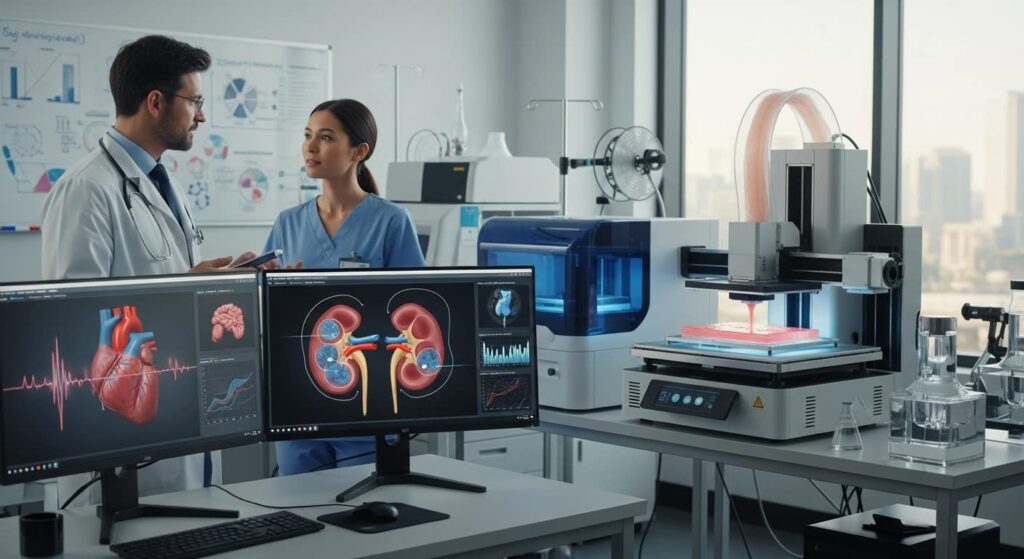
Bioprinting and Organ Regeneration
The global shortage of transplant organs is a growing crisis. More than 100,000 people in the US alone are waiting for organs. Bioprinting offers a potential solution by using 3D printers to create tissues and organs from living cells.
Companies like Organovo and United Therapeutics are developing bioprinted lungs and kidneys for medical testing and future transplantation.
In Sweden, researchers successfully implanted 3D-printed cartilage for reconstructive surgery, a major step toward functional bioprinted organs.
Climate Engineering and Geoengineering
With global temperatures rising, scientists are exploring direct interventions in the Earth’s climate. These include carbon capture, cloud brightening, and solar radiation management.
Facilities like Climeworks’ Mammoth Plant in Iceland are already removing tens of thousands of tons of CO2 annually, while over 130 more facilities are in development worldwide.
Though controversial, these technologies may become necessary tools in stabilizing the planet’s climate if emissions continue to rise.
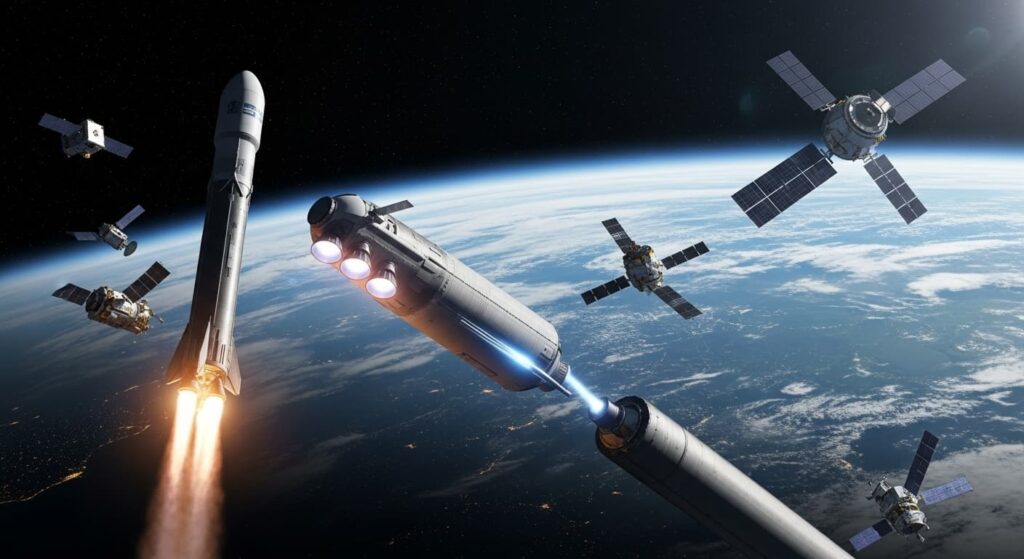
Space Technologies and the New Space Economy
The Top 10 Emerging Technologies of 2025 report highlights how space innovation has become a major commercial frontier. SpaceX, Blue Origin, and China’s national programs are turning space into a business ecosystem.
Examples:
- SpaceX’s Starlink now provides satellite internet to millions worldwide.
- NASA’s Artemis program aims to return humans to the Moon by 2026.
- Rocket Lab and Relativity Space are testing reusable rocket systems.
By 2030, the space economy could exceed $700 billion, with applications spanning from tourism to asteroid mining.
How AI Is Evolving with New Emerging Technologies?
AI is the connective tissue of modern innovation. It amplifies progress across every emerging field, accelerating research, optimizing production, and predicting complex outcomes.
- In quantum computing, AI helps detect and correct quantum errors.
- In synthetic biology, machine learning models design DNA sequences faster than human researchers.
- In energy, AI predicts grid demand and optimizes renewable resource allocation.
The integration of AI with new emerging technologies is creating a compounding effect, where each advancement strengthens the next. This fusion of intelligence and innovation marks the beginning of a self-accelerating technological era.
Conclusion: The Future Built by Emerging Innovation
The pace of innovation has never been faster, and the world is already witnessing the results. From life-saving biotechnology to planet-healing energy systems, new emerging technologies are not distant concepts, they’re unfolding right now.
The key for humanity is balance. Innovation must advance with ethics, sustainability, and inclusion. The next decade will be defined not just by the tools we build, but by how wisely we choose to use them.
FAQs
What industries will benefit the most from new emerging technologies?
New emerging technologies are transforming nearly every sector, but industries like healthcare, energy, finance, and transportation are leading the change. For example, AI-driven diagnostics are improving medical accuracy, renewable energy tech is lowering costs, and self-driving systems are redefining mobility.
How do governments regulate new emerging technologies?
Governments are creating new policies to manage privacy, data security, and ethical use of technology. The goal is to ensure innovation happens responsibly while protecting citizens from potential misuse, especially in areas like artificial intelligence, biotechnology, and surveillance systems.
Are new emerging technologies creating or replacing jobs?
They’re doing both. Automation and AI can replace repetitive roles, but they also create new jobs in areas like data science, robotics maintenance, and digital design. The demand for people who understand technology is growing faster than it’s shrinking in traditional fields.
How can small businesses take advantage of new emerging technologies?
Small businesses can benefit by adopting affordable AI tools, cloud platforms, and automation systems that streamline operations. For instance, chatbots improve customer service, while data analytics tools help small brands understand customers better without needing big marketing budgets.
What are the biggest risks linked to new emerging technologies?
Some of the main risks include data privacy issues, misinformation powered by AI-generated content, and overdependence on automation. There’s also concern about widening inequality between countries or people who can afford these technologies and those who can’t.
How can individuals prepare for a future shaped by new emerging technologies?
The best way to prepare is through continuous learning. Building digital skills, understanding how AI works, and keeping up with new trends help individuals stay relevant. Education systems and online learning platforms are already adapting to make tech literacy accessible for everyone.

